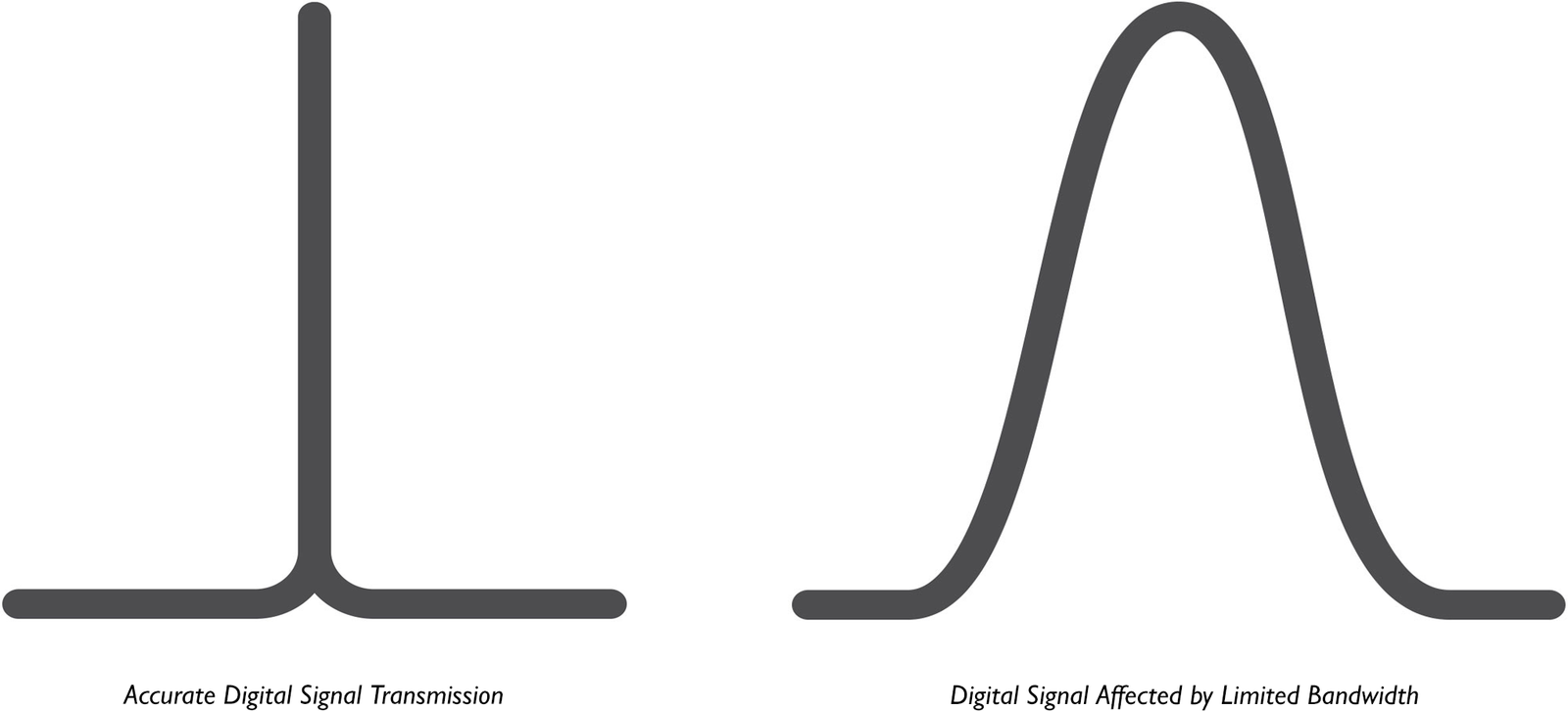Your Cart is Empty
How > Digital Cables
Noise Annoys
Noise reduction is the key design objective for all Transparent products, including digital audio and video cables. Improper shielding, grounding, connectors, termination techniques, and impedance instability introduce noise in most digital cables and affect audio and video fidelity. Noise masks audio details and shifts tonal balance unnaturally upward in USB, 75-Ohm, and AES/EBU 110-OHM digital audio cables and in the audio signals in HDMI cables. In HDMI cables, noise adds sparkling artifacts to a picture, bleaches out color density, and reduces contrast.

Maintaining the intended impedance of a digital cable and the impedance integrity of its terminations prevents impedance reflections, a primary source of noise and digital dropouts.

Optical impedance matching is a good analogy. Air and water have different optical impedances. When looking at an object through water, the object appears distorted because light reflects at the air and water boundary. Most digital cables are plagued with reflections and dropouts.
A digital signal is essentially an impulse consisting of an infinite number of sine waves stacked on top of each other, which results in a fast rise-time spike like the leading edge of a square wave.

Cables that pass digital signals accurately must have extremely wide bandwidth so that they will not slow down digital impulses, thereby rounding them off. This is a very difficult criterion to achieve with the cable lengths and conditions typically encountered in home audio or video systems.
Transparent Digital Cables do not have filter networks and are built to achieve as much bandwidth as possible. Precision manufacturing insures that every digital cable design achieves its intended impedance. We use large, annealed and polished OFHC center conductors in all of our digital audio and video cable designs to avoid resistance loss over longer lengths and to achieve superior signal-to-noise ratios. Our connector designs, materials, and termination techniques insure reliability, reduce noise, and prevent digital dropouts.

Proper shielding is a vital part of our digital cable designs because it reduces noise and interference. To isolate multiple conductors in USB, HDMI, and AES/EBU 110-Ohm digital cables, Transparent employs individual conductor shielding.
In addition, we use proprietary grounding techniques, which were developed after countless hours of listening or viewing, and testing that helped us determine the best configurations and grounding schemes for each type of cable.

Transparent goes to these great lengths to achieve the quietest digital signal possible with true-to-source digital integrity. Regardless of your digital application, USB, 75-Ohm, AES/EBU 110-Ohm, or HDMI, the Transparent result is more faithful audio and video fidelity and more listening and viewing enjoyment.
